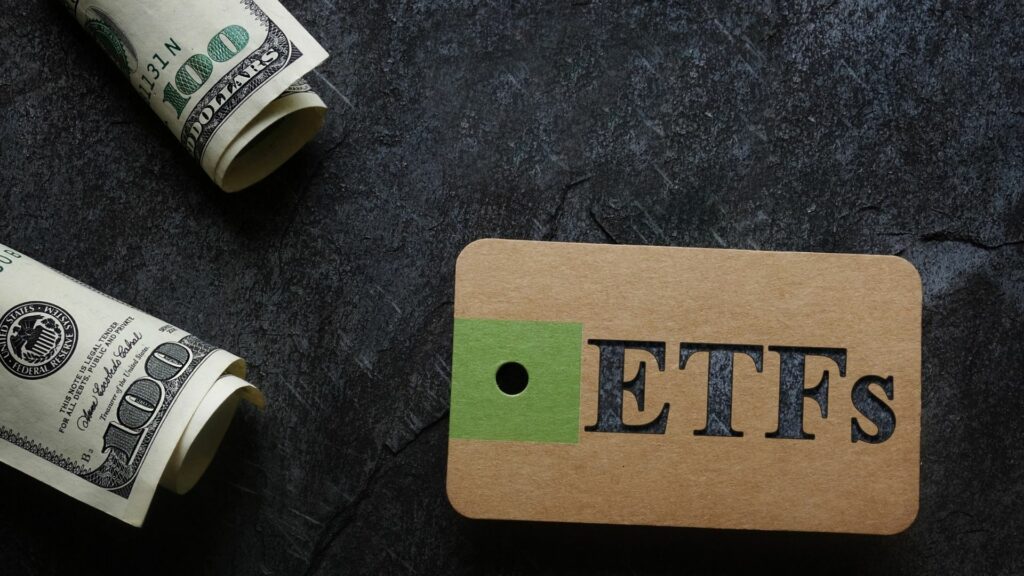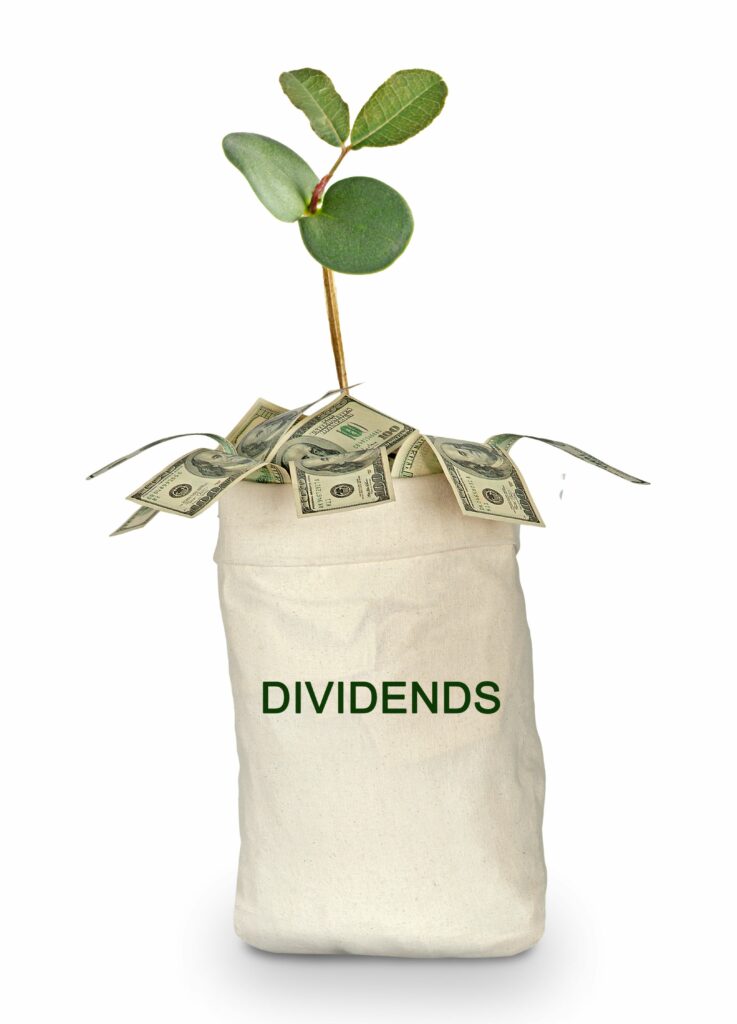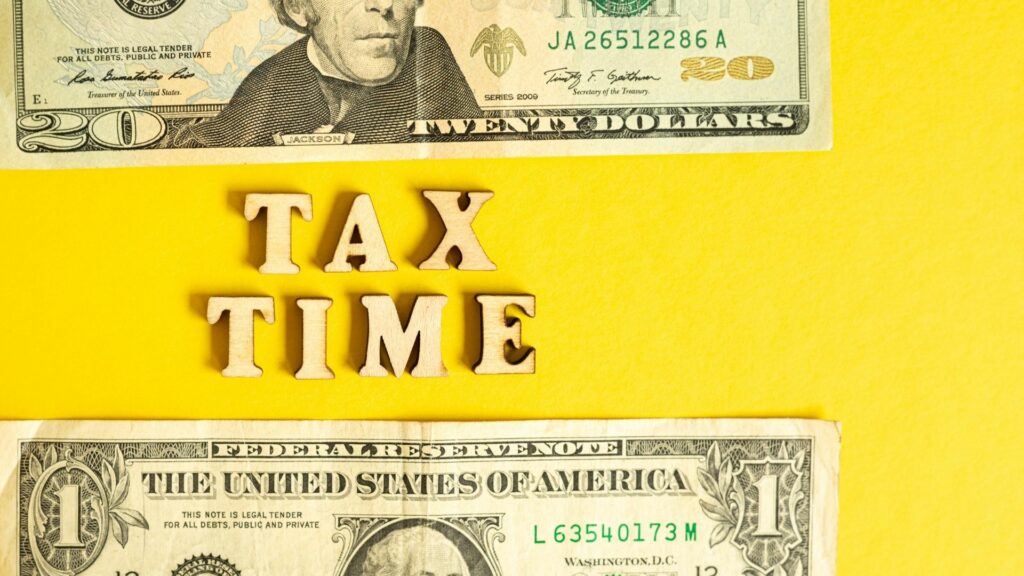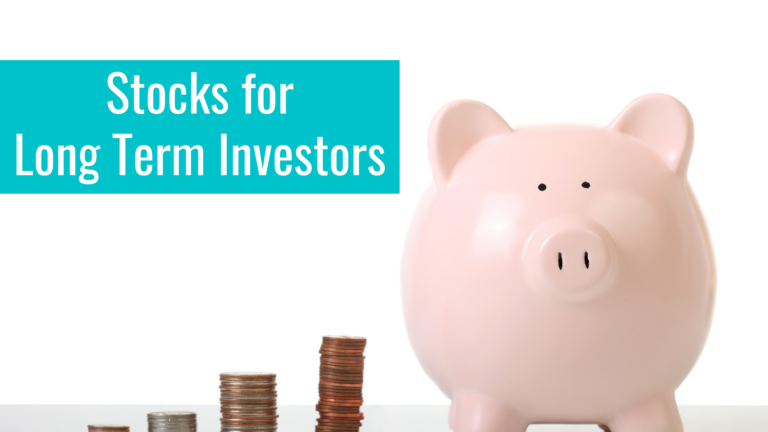So, you’ve taken a look at your financial situation and decided you’re ready to join the world of investing as a long-term investor!
Well, this article is made just for you.
Today, we’ll be discussing some stocks for long term investors as well as strategies that you’ll find useful as a long-term investor.
Let’s get started!
ETFs

Exchange-traded funds, or ETFs, are funds made up of stocks from a specific index, sector, or other group.
ETFs offer natural diversification as they let you invest in plenty of different stocks at once.
Some ETFs, like ones that track the S&P 500, are great long-term investments because they let you invest in the market as a whole, which gains an average of 8% per year in the long term.
Other ETFs, like target-date funds, do some risk-mitigating work for you by adjusting your risk exposure as you get closer to retirement.
For example, if you’re around 20 years old and plan on retiring around the year 2060, you could invest in a 2060 target-date fund. This fund will take an aggressive approach at first, exposing its investors to smaller-cap stocks and foreign equities. Then, when investors are starting to buy houses and take financial responsibility for dependents, the fund will lower the risk by investing in blue-chip stocks and some bonds. As the year 2060 approaches, the fund will turn into a low-risk investment that is heavily exposed to bonds and lower-risk stocks.
You can also use a target-date fund to save up for a big expense before retirement, such as buying a car or paying for your child’s education.
Blue Chip Stocks

A blue-chip company is one that is large, mature, and has a great reputation for securing profits and providing value to its shareholders.
The term “blue chip” is derived from the colors of poker chips. Blue poker chips are more valuable than red and white chips (although they are not the most valuable chip), so they came to represent companies that are considered high-quality.
Blue-chip companies tend to be big names that most people recognize.
These companies have often had decades to prove their worth through consistent profits, reliable dividends, performance during bad economic times, and strong financial statements.
According to the Motley Fool, the best blue-chip stocks are:
- Apple (AAPL)
- Berkshire Hathaway (BRK.A, BRK.B)
- Coca-Cola (KO)
- Johnson & Johnson (JNJ)
- Walt Disney (DIS)
Do you recognize some (or all) of these companies? There’s a reason for that!
Blue-chip companies are often household names whose goods or services you might even use on a regular basis.
Buying stock in a blue chip company is considered a “safer” bet in the world of equities.
While a single stock won’t offer you the same level of diversification that a fund full of blue-chip stocks would, a single blue chip is still considered less risky than a smaller company.
Of course, this lower risk will usually come with lower reward.
Blue-chip companies are known for their stability and lack of volatility, so don’t expect to double your money in a month by purchasing a blue-chip stock.
But a blue chip can be a great addition to a long-term investor’s portfolio as it can provide steady growth over time, leading to a nice nest egg by the time you’re ready to retire.
Dividend Stocks

When a company makes a profit, its board of directors can choose to reinvest that money back into the company, give out the money to the company’s shareholders, or any combination of the two.
When the company chooses to give some of its profit to its stockholders, the payment is called a dividend.
Dividends are usually paid in the form of cash (which usually shows up right in your brokerage account) or additional shares of stock.
Many companies give out dividends several times a year, which is something that income investors like to take advantage of.
If you put a large enough amount of money into dividend stocks, your income from dividends can end up being enough to replace your salary.
For example, if you put $1000 into a company with a dividend yield of 5%, you’ll receive $12.50 in dividends every quarter, or $50 a year.
If you put $10,000 into that company, you’ll get $500 in dividends per year. If you invest $100,000, you’ll get $5000 a year. A $1,000,000 investment will get you $50,000 per year.
Now, keep in mind that dividends are not guaranteed. A company is not required to pay dividends to its shareholders, and can choose not to issue a dividend in any given quarter.
This is why you should go with a company that has a history of both issuing and raising its dividend amount every year.
The Dividend Aristocrats are large, regularly-traded companies who have increased the dollar amount of their dividends every year for at least the past 25 years.
While dividends are not guaranteed, investing your money into a company that qualifies as a Dividend Aristocrat gives you a good chance at consistently collecting a growing dividend every year, which can be a huge benefit in the long run. Just remember to reinvest those dividends!
Click here to see a current list of the Dividend Aristocrats.
Also keep in mind that while a company might reliably issue a dividend every quarter, that doesn’t mean that the value of your original investment is safe.
The company’s stock price could plummet at any given moment, leading to a loss. Of course, this is a risk that you run anytime you choose to invest your money in the stock market.
To learn how a stock split can impact dividends, click here.
How To Find Long-Term Investing Strategies
If you’re looking for some help setting up a plan for your long-term investing needs, we highly recommend checking out the Motley Fool. The Motley Fool is a stock picking and education platform made for buy-and-hold investors who want to maximize their long-term gains. Their stock picking list, Stock Advisor, has beaten the market by 500% since it was started in 2002!
Tax-Loss Harvesting

If you’re planning on investing for a long period of time and making consistent gains, you’ll inevitably have to face that dreaded time of the year: tax season.
When it comes time to do your taxes, you’ll take a look at the gains you’ve realized in the past year.
If you’re unfamiliar with the difference between realized and unrealized gains, it essentially comes down to which stocks you’ve sold for a profit.
If you bought a stock for $100 and the price rose to $110 but you haven’t sold yet, then you have $10 in unrealized gains.
Once you sell the stock and collect your profit, you have realized that $10 gain.
So, you’ll have to pay taxes on whatever realized gains you have for the past year, and those taxes can add up bigtime, especially if they’re short-term gains (gains realized from stocks you held for less than a year).
But the good news is that there are ways to offset, or decrease the amount of capital gains tax you have to pay. This can be done by realizing a loss from the sale of another stock.
Some smart investors will purposely sell their losers so that they can decrease their capital gains tax burden. This is a strategy known as tax-loss harvesting, and it can really make a difference when you do it every year.
Some brokerages will automatically harvest losses for you by selling your losing stocks, so keep that in mind as you search for a brokerage!
Dollar-Cost Averaging
If you’re planning on investing for a long period of time, it’s important to be conscious about not only investing your money across a variety of securities and asset classes (diversification), but at different points in time as well.
The strategy of taking a sum of money and investing it periodically over time rather than all at once is called dollar-cost averaging. It’s a method that has received mixed reviews from investors, but its aim is essentially to mitigate risk by avoiding a huge loss.
Let’s say you just got a bonus check for $12,000. You decide to dollar-cost average this money by investing $1000 every month for the next year.
Unfortunately, this year ends up being a rough one for the stock market; the market declines 5% every month. How much money do you lose?
Well, you lose $460 of the first $1000 you invested. You lose $431 of the second $1000 you invested, and so on. Since you invested your last $1000 in the last month of the year, you only lose 5%, or $50, of that investment. All in all, you lose $3267, or 27%, of your $12,000, leaving you with $8733.
What if you had just invested the entire $12,000 all at once at the beginning of the year? You would have lost $5515, or 46%, of that bonus check, leaving you with $6484. Not as good, right?
This is the purpose of dollar-cost averaging. You invest your money periodically over time instead of all at once so that you won’t lose as much money in the event of a downturn in the market. Then, when the market eventually goes back up, you make even more gains off of the investments you made when the market was at its lowest points!
There are some opponents of dollar-cost averaging who don’t think it’s useful.
Their argument is that, historically speaking, the market has gone up more often than it has gone down, so it’s worth investing all your money at once right now in the hope of seeing the market go up and securing more gains.
They have a valid point, but it really just comes down to how much risk you’re willing to take on.
Final Thoughts
While there are plenty of different stocks and strategies out there that you can use to build your long-term investing portfolio, the most important step in this process is to START.
You have to take those first few steps: budget your money, open up a brokerage account, and set up a regular automatic transfer from your bank into your portfolio.
Once you actually start investing and making gains, you’ll be set up up for long-term success!
We are experienced users of dozens of stock trading platforms. We stay up to date on these platforms' service offerings, subscription fees, trade commissions, and welcome bonuses. The brokerages listed below are for U.S.-based investors, and are ranked in order of overall value received after taking advantage of their sign-up and/or referral offers. $3 monthly 10k in assets Growth $3; + $9 Month Bronze $3; Silver $6; Gold $12 a monthThe Best U.S. Brokerages as of June 30, 2025
Ranking of Top U.S. Stock Brokerages Based on Fees, Features, and Sign-Up Bonuses
Rank
Brokerage
Fees
Features
Sign-Up Bonus
Read Our Review
1.
 Robinhood
Robinhood$0
✅ U.S. stocks, ETFs, options, and cryptos
✅ Now 23 million users
✅ Cash mgt account and credit card
Free stock up to $200 with new account, plus up to $1,500 more in free stock from referrals
Robinhood Review
2.
Moomoo
$0
✅ Free Level 2 Nasdaq quotes
✅ Access to U.S. and Hong Kong markets
✅ Educational tools60 free stocks with $5k deposit; or 25 free stocks with $2k deposit
Moomoo Review
3.
Interactive Brokers
$0
✅ Access 150+ global stock exchanges
✅ IBKR Lite & Pro tiers for all
✅ SmartRouting™ and deep analyticsRefer a Friend and Get $200
Interactive Brokers Review
4.
Robinhood Gold
$5
✅ 4% APY on cash
✅ 3% IRA match
✅ Level II data
✅ No interest on first $1,000 of margin Save with Annual Fee
Robinhood Gold Review
5.
M1 Finance
✅ Automated investing “Pies”
✅ Banking & low-interest loans
✅ No trading fees with scheduled trades$75-$500 Tiered Sign-up bonus
M1 Finance Review
6.
Webull
$0
✅ Extended-hours trading
✅ Great charts and screeners
✅ Commission-free options trading$10 and a 30-day complimentary subscription to Webull premium;
$200-$30,0000 Tiered Sign up bonusWebull Review
7.
Public
$0
✅ Fractional shares
✅ No payment for order flow model
✅ “Alpha” tool with earnings calls$100-$10,000 Tiered Cash Account Transfer Bonus
Public Review
8.
Composer
$32 a month
✅ Invest in automated strategies
✅ Build custom strategies easily
✅ IRAs$49 per successful referral with no limit on the number of referrals
Composer Review
9.
Stash
✅ Stock-Back® debit card rewards in fractional shares
✅ Auto-invest and budgeting tools
✅ Curated theme portfolios$5 when you invest $5
Stash Review
10.
Acorns
✅ Automated investing portfolios
✅ ESG curated portfolios
✅ Acorns Early Invest for Kids' AccountsGet a $20 bonus when you start saving & investing
Acorns Review
11.
Etoro
$0
✅ CopyTrading™ to follow top traders
✅ Trade U.S. stocks, ETFs, and crypto
✅ Trades with themed portfolios$10 Crypto Sign-Up Bonus
Etoro Review
12.
Cash App
$0
✅ U.S. stocks and bitcoin; $1 minimum
✅ Peer-to-peer payments
✅ Beginner-friendly financial ecosystemUp to $200 in free overdraft coverage and earn 4% on cash
Cash App Review
Fees, features, sign-up bonuses, and referral bonuses are accurate as of May 31, 2025. All information listed above is subject to change.
